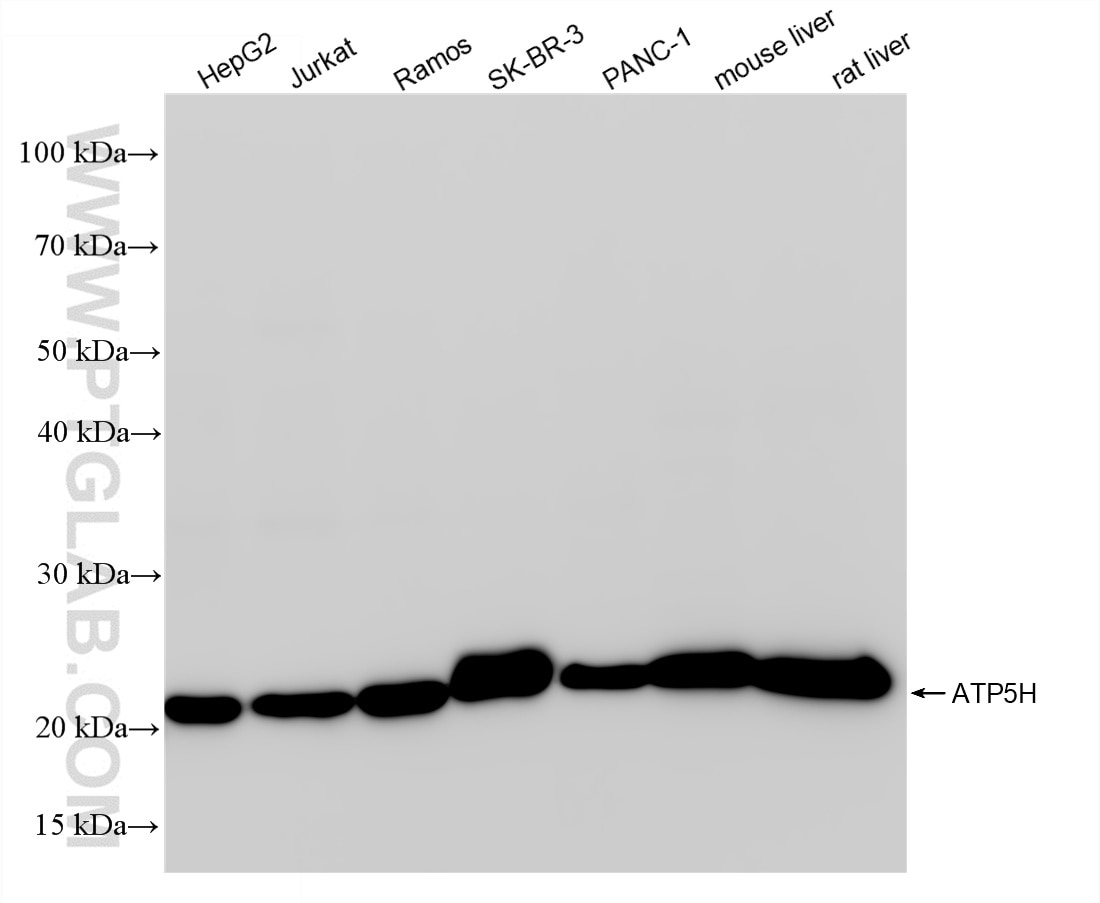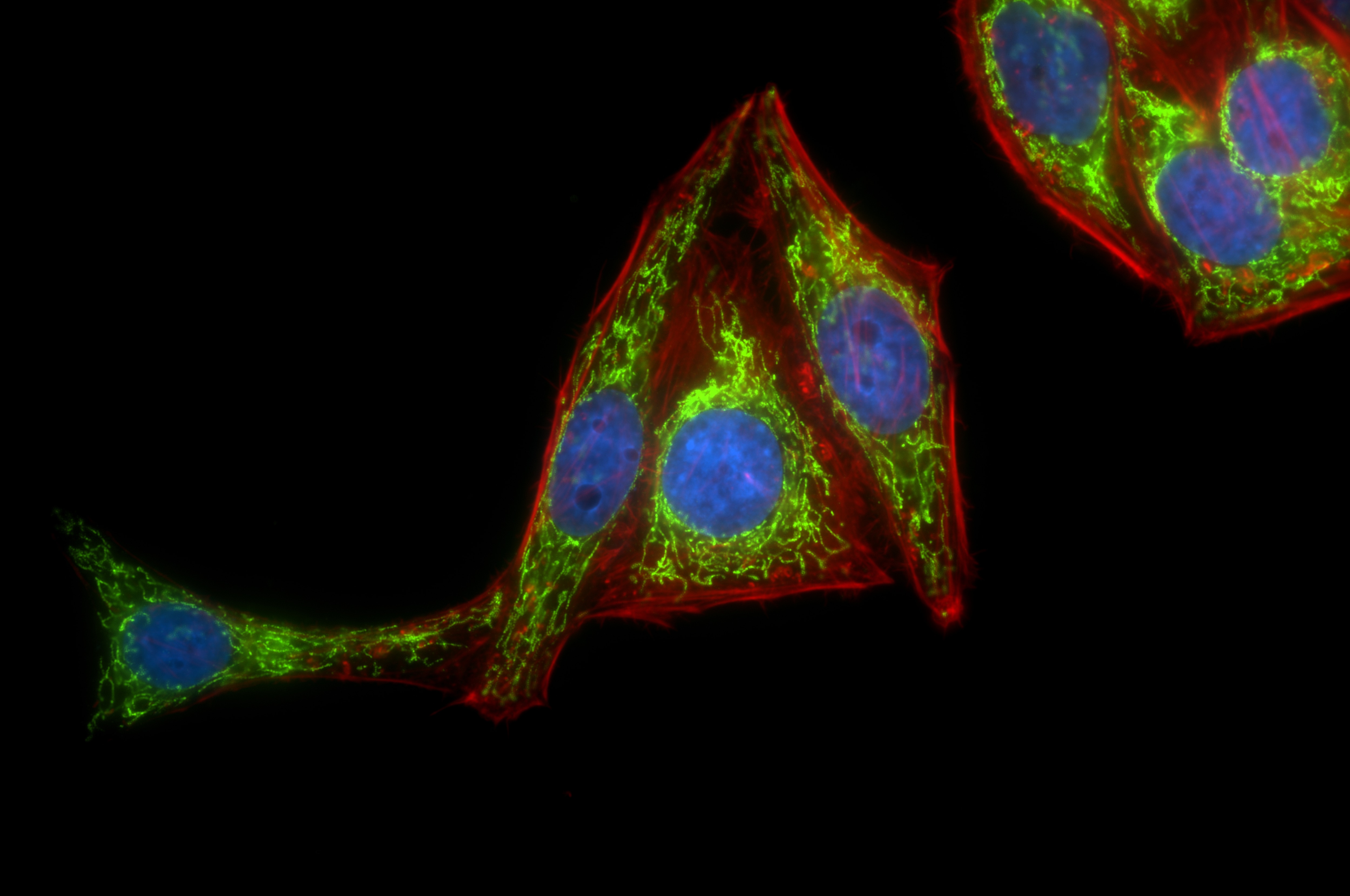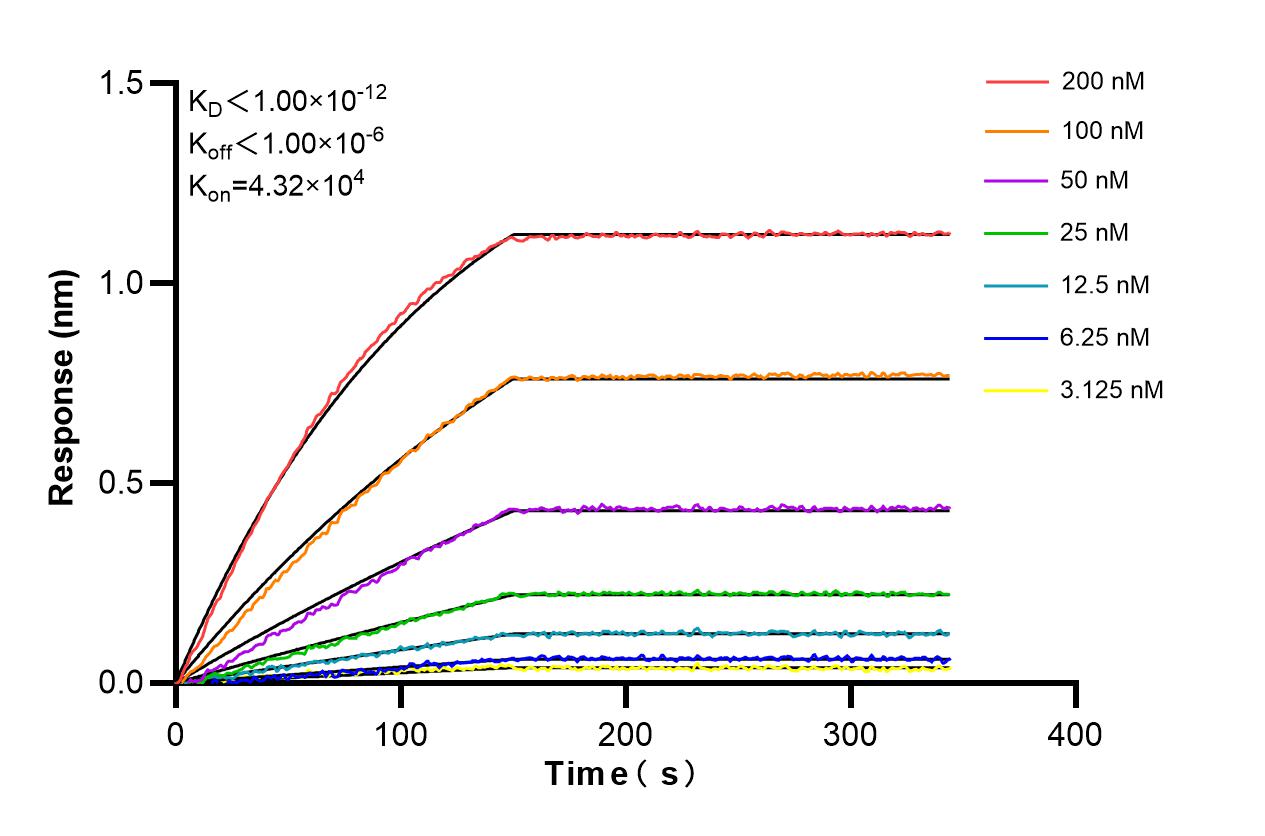Tested Applications
| Positive WB detected in | HepG2 cells, Jurkat cells, Ramos cells, SK-BR-3 cells, PANC-1 cells, mouse liver tissue, rat liver tissue |
| Positive IF/ICC detected in | HepG2 cells |
Recommended dilution
| Application | Dilution |
|---|---|
| Western Blot (WB) | WB : 1:5000-1:50000 |
| Immunofluorescence (IF)/ICC | IF/ICC : 1:250-1:1000 |
| It is recommended that this reagent should be titrated in each testing system to obtain optimal results. | |
| Sample-dependent, Check data in validation data gallery. | |
Product Information
86174-2-RR targets ATP5H in WB, IF/ICC, ELISA applications and shows reactivity with human, mouse, rat samples.
| Tested Reactivity | human, mouse, rat |
| Host / Isotype | Rabbit / IgG |
| Class | Recombinant |
| Type | Antibody |
| Immunogen |
CatNo: Ag11429 Product name: Recombinant human ATP5H protein Source: e coli.-derived, PGEX-4T Tag: GST Domain: 1-137 aa of BC032245 Sequence: MAGRKLALKTIDWVAFAEIIPQNQKAIASSLKSWNETLTSRLAALPENPPAIDWAYYKANVAKAGLVDDFEKKVKSCAEWVSLSKARIVEYEKEMEKMKNLIPFDQMTIEDLNEAFPETKLDKKKYPYWPHQPIENL Predict reactive species |
| Full Name | ATP synthase, H+ transporting, mitochondrial F0 complex, subunit d |
| Calculated Molecular Weight | 137 aa, 16 kDa |
| Observed Molecular Weight | 19-22 kDa |
| GenBank Accession Number | BC032245 |
| Gene Symbol | ATP5H |
| Gene ID (NCBI) | 10476 |
| Conjugate | Unconjugated |
| Form | Liquid |
| Purification Method | Protein A purification |
| UNIPROT ID | O75947 |
| Storage Buffer | PBS with 0.02% sodium azide and 50% glycerol, pH 7.3. |
| Storage Conditions | Store at -20°C. Stable for one year after shipment. Aliquoting is unnecessary for -20oC storage. 20ul sizes contain 0.1% BSA. |
Background Information
Mitochondrial membrane ATP synthase (F1-Fo ATP synthase or Complex V) produces ATP from ADP in the presence of a proton gradient across the membrane which is generated by electron transport complexes of the respiratory chain. It is composed of the soluble catalytic core, F1, and the membrane-spanning component and Fo, which comprises the proton channel. The Fo seems to have nine subunits (a, b, c, d, e, f, g, F6 and 8). ATP5H gene encodes ATP synthase subunit d of the Fo complex.
Protocols
| Product Specific Protocols | |
|---|---|
| WB protocol for ATP5H antibody 86174-2-RR | Download protocol |
| IF protocol for ATP5H antibody 86174-2-RR | Download protocol |
| Standard Protocols | |
|---|---|
| Click here to view our Standard Protocols |








